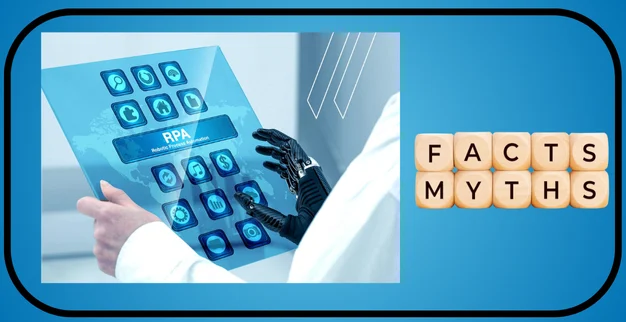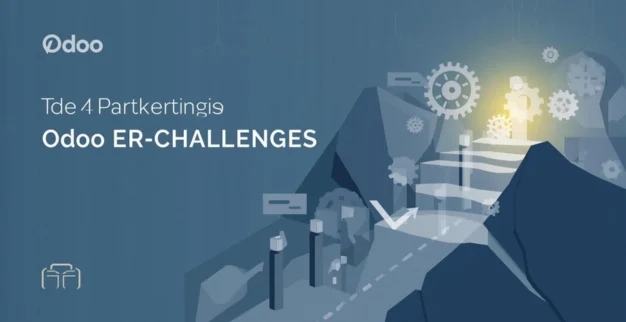5 Common Myths About Business Process Automation
By:
Ganesan D
11 Jun 2025
Category:
Automation
1. Myth: Automation completely replaces cybersecurity professionals
Reality: Automation handles repetitive, time-consuming tasks like log analysis
or patch management, but human expertise is essential for threat hunting, interpreting context,
and making strategic decisions.
Cybersecurity often requires interpreting complex behaviors and
deciding on the best course of action. Automation can flag anomalies, but humans
must assess risk, intent, and context.
Automated systems can alert or even quarantine threats, but
full incident response — including communication, legal steps, and business
continuity — requires human leadership and cross-team collaboration.
2. Myth: Automation leads to more false positives
Reality: When properly configured, automation reduces
false positives by filtering out noise and escalating only verified anomalies.
It enhances, not hinders, detection accuracy.
Manual analysis can miss patterns or flag harmless events
due to fatigue or inconsistency. Automation applies logic consistently, helping
reduce subjective errors that cause false positives.
Many automated tools use machine learning models that learn from
historical data. As they train over time, they become better at distinguishing real
threats from noise, thereby minimizing false alerts.
3. Myth: Only large enterprises can afford automation
Reality: Today, many automation tools are scalable and cloud-based,
making them accessible and cost-effective for small and mid-sized businesses (SMBs)
too. Open-source solutions also reduce entry barriers.
Many security automation platforms now offer SaaS models with monthly
subscriptions, pay-as-you-go pricing, and free tiers — making them accessible for startups and SMBs.
You don’t need to automate everything at once. Businesses can start small —
automating tasks like alerting or basic log analysis — and scale gradually as needs and budgets grow.
4. Myth: Automation is “set it and forget it”
Reality: Cyber threats evolve constantly. Automated systems must be updated,
tuned, and monitored regularly to stay effective. Human oversight ensures
they adapt to new threat landscapes.
Cyberattacks are not static — they adapt quickly.
Automation tools must be updated regularly to stay effective
against new attack vectors, malware variants, and vulnerabilities.
Over time, business environments change (new software, systems, users).
Without regular tuning, automation rules can become outdated or irrelevant, leading
to blind spots or false alerts.
5. Myth: Automation makes systems invincible
Reality: No tool can guarantee 100% protection. Automation enhances
speed and consistency, but a layered defense strategy with human vigilance is still
essential to combat sophisticated attacks.
Attackers constantly invent new tactics. Automation relies on known
patterns and behavior — it can’t catch highly novel, zero-day threats without human
analysis and adaptation.
Advanced persistent threats (APTs) and targeted attacks often
disguise themselves as legitimate activity. Only skilled analysts can spot
these subtle intrusions that automation may overlook.



